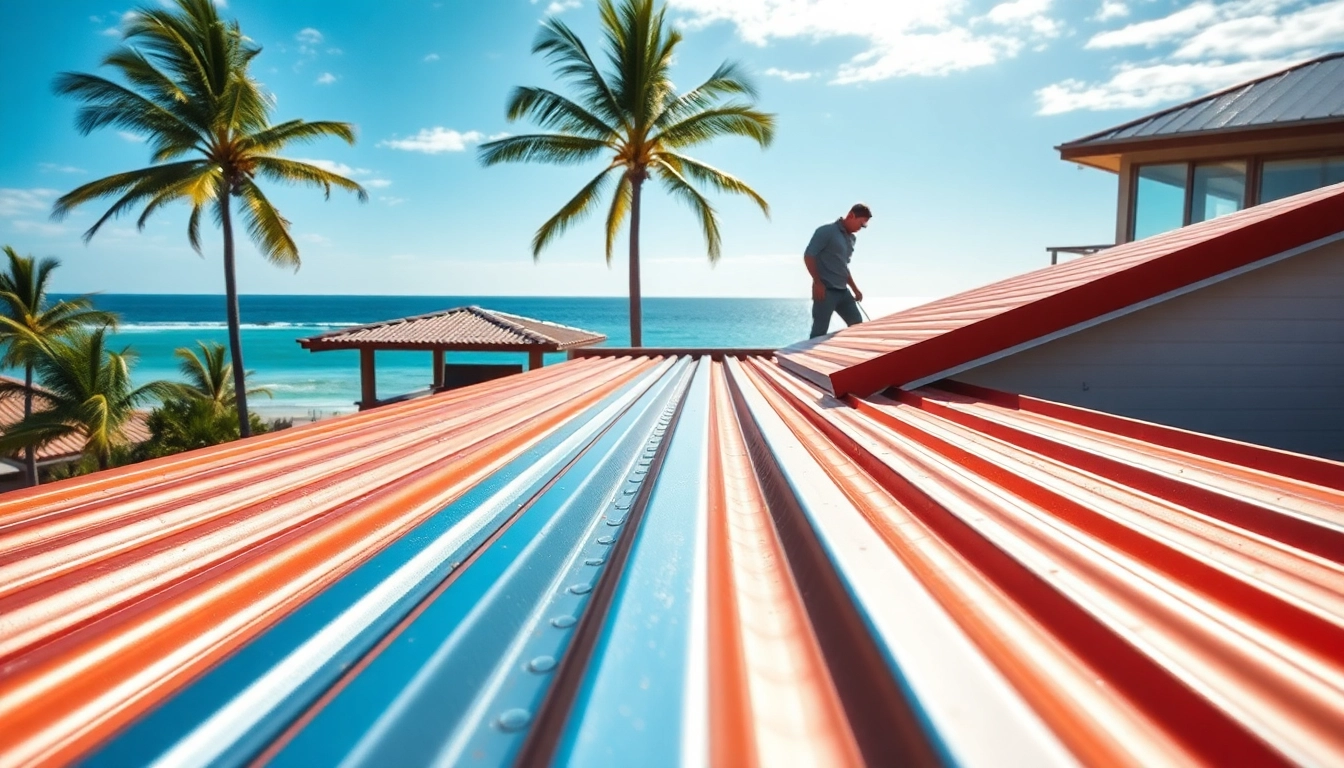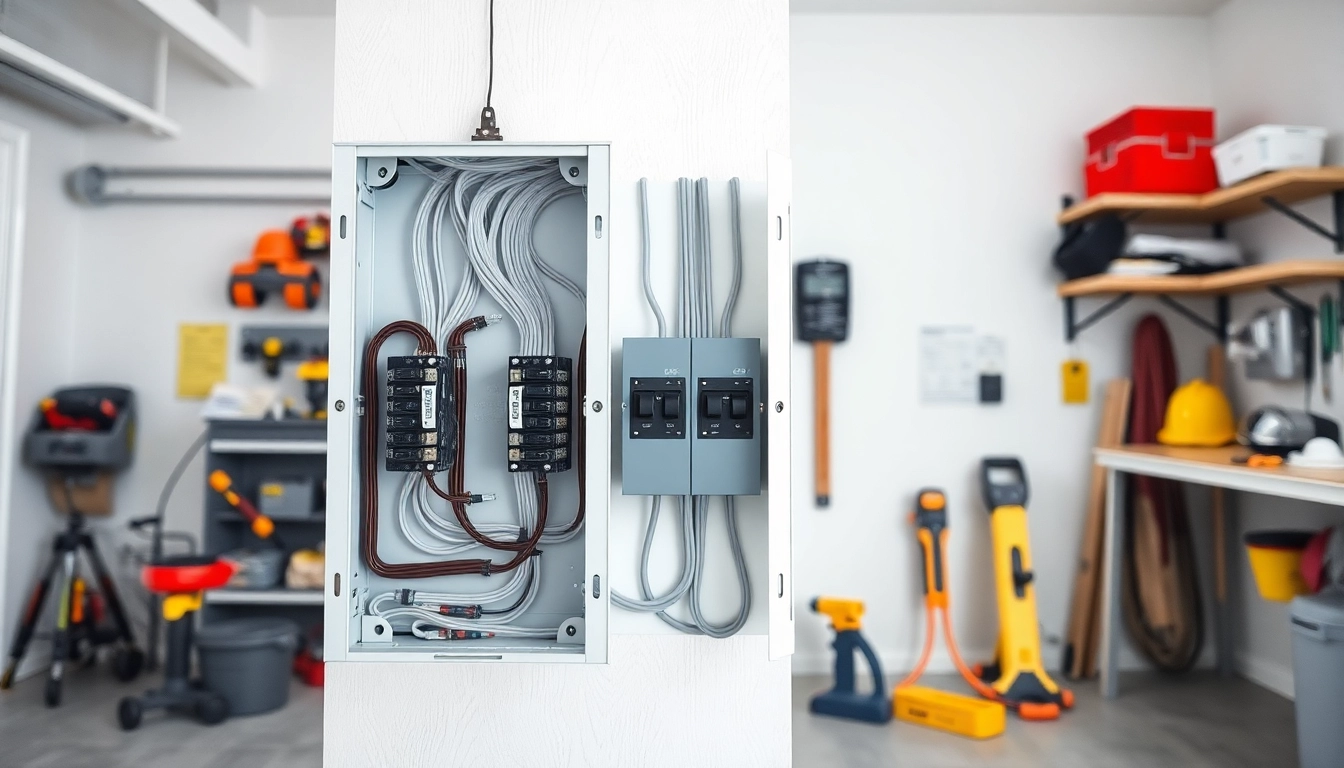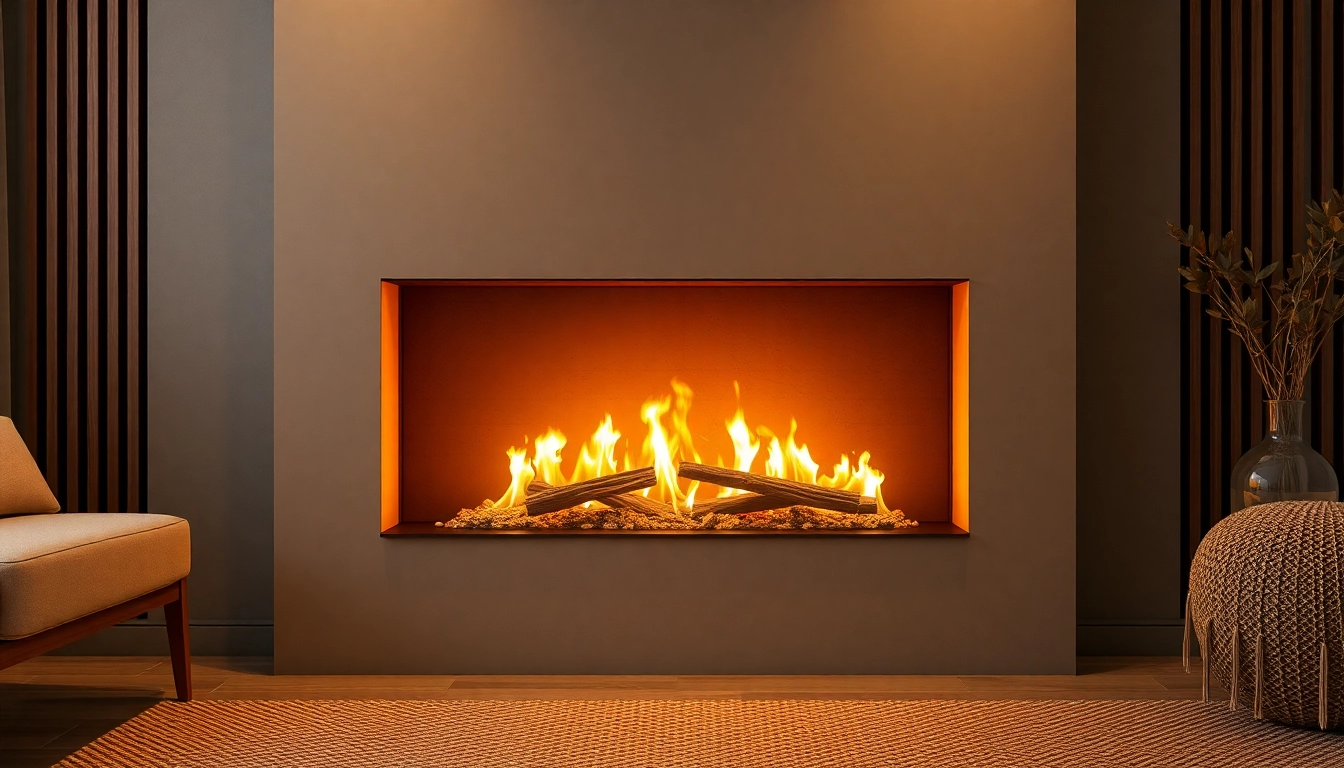Understanding Coastal Metal Roofing
In recent years, homeowners in coastal regions have increasingly turned to coastal metal roofing as a reliable choice for their roofing needs. This trend is not surprising, given the unique challenges posed by coastal environments. Metal roofs, known for their durability and longevity, have become the go-to option for many seeking to protect their homes from the elements while enhancing aesthetic appeal. This comprehensive guide will take you through everything you need to know about coastal metal roofing.
What is Coastal Metal Roofing?
Coastal metal roofing refers to specific types of metal roofing systems designed for areas with coastal climates. These roofs are built to withstand the harsh conditions prevalent in such regions, including high winds, saltwater exposure, humidity, and heavy rainfall. Essentially, coastal metal roofing combines aesthetic versatility with structural integrity, making it suitable for both residential and commercial properties.
Benefits of Coastal Metal Roofing
The advantages of coastal metal roofing are numerous, making it an attractive option for homeowners and builders alike. Here are some key benefits:
- Durability: Coastal metal roofs are engineered to withstand extreme weather conditions, including hurricanes and heavy storms, significantly outlasting traditional roofing materials.
- Energy Efficiency: Metal roofs reflect sunlight, keeping homes cooler and reducing energy costs, which is particularly beneficial in sunny coastal regions.
- Low Maintenance: Unlike traditional roofing materials that may require frequent repairs or replacement, metal roofs are resistant to rotting, cracking, and insect damage.
- Eco-Friendly: Many metal roofing materials are made from recycled content and are recyclable at the end of their lifespan, contributing to sustainability efforts.
- Variety of Styles: Coastal metal roofing is available in a wide range of colors and styles, allowing homeowners to choose a design that complements their aesthetic preferences.
Common Materials Used
Several types of metals are commonly used in coastal roofing systems, including:
- Steel: Galvanized steel is popular due to its affordability and strength. It often comes coated to resist rust in saline environments.
- Aluminum: While generally more expensive, aluminum is naturally resistant to corrosion, making it an excellent choice for coastal areas.
- Copper: Known for its longevity and unique aesthetic appearance, copper develops a patina over time, which can add character to structures.
- Metal Shingles: These can mimic other traditional materials like wood or slate but offer the durability and longevity associated with metal.
Choosing the Right Coastal Metal Roofing System
Factors to Consider for Coastal Environments
When selecting a coastal metal roofing system, several factors should be considered:
- Wind Resistance: Look for roofing materials rated for high wind resistance to ensure they can withstand hurricanes or tropical storms.
- Corrosion Resistance: Given the salty atmosphere of coastal regions, it’s crucial to choose materials with proper coatings or inherent properties to resist rusting.
- Local Building Codes: Check state and local regulations regarding roofing materials and installation requirements specific to coastal zones.
Popular Styles and Colors
Coastal metal roofing comes in a myriad of styles and colors that can enhance the exterior of your home. Popular styles include:
- Standing Seam: This style features vertical panels with seams raised above the roofing surface for a modern look.
- Metal Tile: These mimic traditional tile while providing the benefits of metal.
- Corrugated Metal: Often used in agricultural settings, corrugated roofing can be aesthetically pleasing for coastal homes, offering a rustic charm.
Consulting with Professionals
While DIY installations can be tempting, consulting with professionals is advisable to ensure that your roofing is installed correctly. Professionals can provide insights on the best materials to suit your specific coastal environment. By understanding your local climate and weather patterns, roofing experts can guide you in making a well-informed decision regarding your roofing materials.
Installation Processes for Coastal Metal Roofing
Preparation and Planning
Preparation is key when installing coastal metal roofing. Start by assessing your roof’s structure to ensure it can handle the weight of metal panels. Additionally, consider the following steps:
- Consult Structural Engineers: Make sure your existing structure can support the new roof.
- Obtain Permits: Local regulations may require permits before undertaking roofing work.
- Select Quality Materials: Choose corrosion-resistant materials specifically for coastal applications.
Step-by-Step Installation Guide
The installation of coastal metal roofing typically follows these steps:
- Remove Old Roofing: Strip the existing roofing materials down to the plywood or underlayment.
- Inspect Roof Deck: Replace any damaged sections to ensure a solid base for your new roof.
- Install Underlayment: A quality underlayment provides an additional barrier against moisture.
- Position Metal Panels: Starting from the eave, align and secure the panels using the recommended fasteners.
- Seal Joints: Apply sealant at the joints and seams to prevent leaks.
- Install Flashing: Flashing is essential around chimneys, joints, and valleys to effectively divert water.
Safety Tips During Installation
Safety is paramount when installing metal roofing. Keep these tips in mind:
- Always wear proper safety gear, including gloves, shoes with good grip, and a hard hat if required.
- Use safety harnesses and ropes when working on steep slopes.
- Ensure your work area is clear of debris to prevent accidents.
Maintenance of Coastal Metal Roofing
Routine Inspections
To ensure the longevity of your coastal metal roofing, regular maintenance is essential. This should include:
- Visual inspections for rust, damage, or loose panels.
- Checking the sealant and joints for wear or degradation.
- Ensuring that gutters and downspouts are clear of debris.
Cleaning and Care Guidelines
Keeping your metal roof clean can enhance its lifespan:
- Wash the surface periodically using a mild detergent and a soft brush to avoid damaging the panels.
- Remove any debris such as leaves and branches that may accumulate on the roof.
- Avoid using pressure washers as high pressure can damage the protective coatings.
Signs of Wear and Repair Needs
Be on the lookout for the following signs that indicate your roof may need repairs:
- Rust or corrosion spots, indicating that protective coatings may need to be reapplied.
- Loose panels or fasteners, which should be tightened promptly to prevent leaks.
- Water stains or leaks in your ceiling, signaling potential roofing issues.
Cost Analysis of Coastal Metal Roofing
Initial Investment vs. Long-Term Savings
Investing in coastal metal roofing may seem higher upfront compared to traditional roofing materials. However, consider the long-term savings it offers:
- Lower maintenance costs due to the durability of metal materials.
- Energy efficiency can lead to lower energy bills.
- Longevity reduces the need for frequent replacements, saving money over time.
Factors Influencing Costs
Several factors can affect the overall cost of coastal metal roofing, including:
- Material Selection: Choosing high-quality or specialty materials will increase the cost.
- Size of the Roof: Larger roofs require more material and labor, naturally increasing costs.
- Installation Complexity: Roofs with multiple angles or features like skylights may cost more to install.
Financing Options for Homeowners
If the upfront cost of metal roofing is a concern, numerous financing options are available:
- Home improvement loans can provide the necessary capital for roofing replacements.
- Some contractors may offer financing plans tailored to the installation.
- Explore tax credits or grants for eco-friendly home improvements available in several regions.



